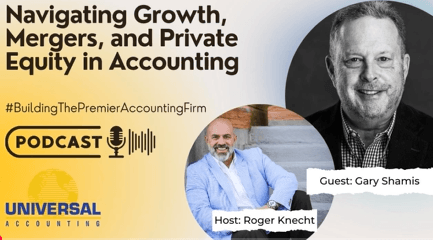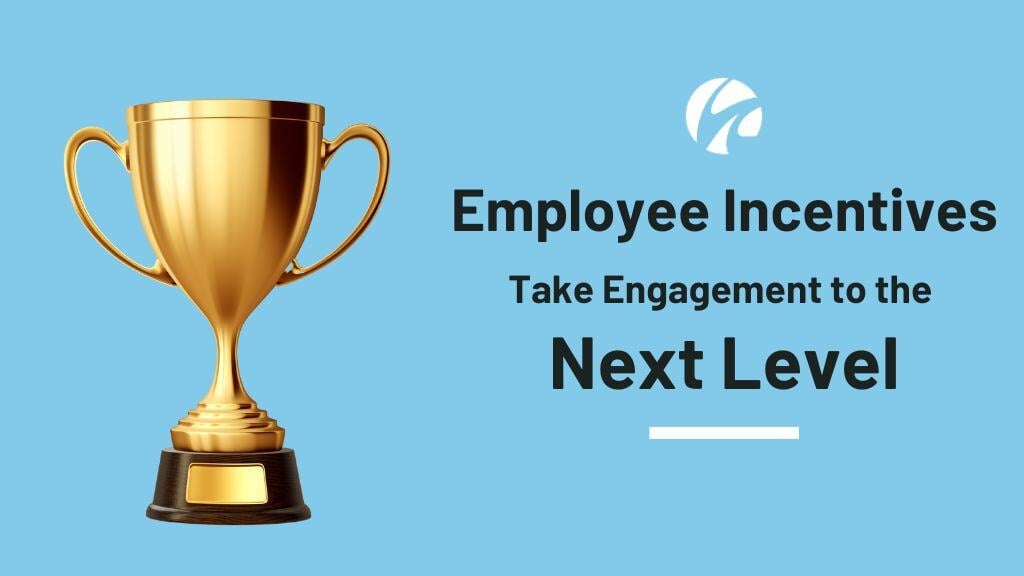1 min read
How Gary Shamis Built a $100M CPA Firm: Lessons in Growth, Strategy, and Sustainability
Gary Shamis' journey from a small $225K CPA firm to a powerhouse worth $100M is nothing short of remarkable. His story offers invaluable lessons for...



 Gary Shamis
Gary Shamis




